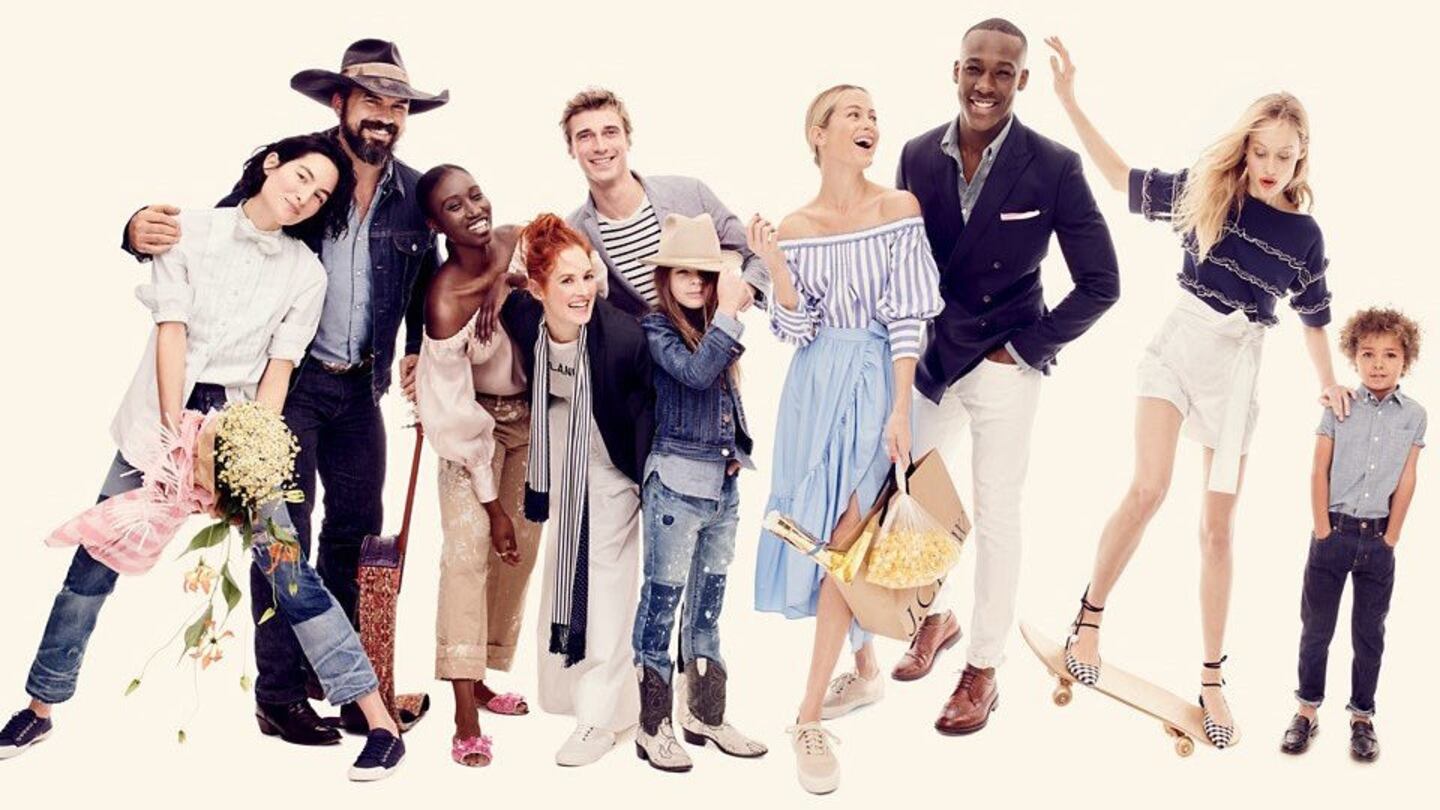
The Business of Fashion
Agenda-setting intelligence, analysis and advice for the global fashion community.

Agenda-setting intelligence, analysis and advice for the global fashion community.

LONDON, United Kingdom — J. Crew's fall from fashion has been long and tortured, but the company's benighted efforts to turn around sluggish sales and manage a crippling debt load couldn't stand up to the financial pressures of Covid-19. On Monday, the US retailer said that its parent company, Chinos Holdings, had filed for Chapter 11 protection in a US bankruptcy court.
J. Crew is the first major US retailer to succumb to the financial pressures caused by the pandemic, which has forced the closure of brick-and-mortar stores across America. It is unlikely to be the last. The retailer anticipates that it will lose $900 million in sales this year, or about 36 percent of its 2019 revenue. According to BoF and McKinsey & Company's coronavirus update to the State of Fashion Report, more than 80 percent of fashion firms will find themselves in financial distress if lockdowns last longer than two months.
Department stores including Neiman Marcus, Lord & Taylor and J.C. Penney are all weighing bankruptcy protection. Smaller retailers, like True Religion, have already gone to the wall. Most of the companies' problems predate the current pandemic, but the near-total shutdown of physical retail for the last month has smashed many turnaround efforts.
At J. Crew, the company had been struggling to turnaround sluggish sales and a crushing debt burden, a hangover from a leveraged buyout by its private equity owners in 2011. According to its last quarterly earnings report, J.Crew operated at a loss of about $81 million in the 39 weeks (about six-and-a-half months) ending on November 2, 2019.
ADVERTISEMENT
As part of the bankruptcy arrangement, J.Crew will convert about $1.7 billion of its debt into equity for its creditors and has secured $400 million in a new term loan.
Chapter 11 will allow the company to pull off a "comprehensive restructuring," in which its balance sheet will be cleaned up and its fleet of stores will be trimmed and optimised, according to the bankruptcy filing from Chinos Holdings, Inc. Bankruptcy will allow the retailer to renegotiate its 500 leases with about 140 landlords, and close unprofitable stores.
Last year, J.Crew posted $2.5 billion in revenue. Its namesake entities, J.Crew and J.Crew Factory, delivered the bulk of these sales but saw a 4 percent decrease since 2018. Madewell sales, meanwhile, grew nearly 14 percent year-over-year, reaching $602 million in revenue in 2019.
Once considered an aspirational purchase, the preppy American brand, led by 'Merchant Prince' Mickey Drexler and championed by the likes of Michelle Obama, lost its cool in the mid-2010s and has not been able to regain its cultural credibility.
The company had planned to spin off fast-growing sister brand Madewell to help raise cash and reduce debt before the current crisis hit. For now, at least, Madewell will remain part of the J. Crew Group, the company said Monday.
The company said its e-commerce business, which represents more than 50 percent of total revenue, is continuing as normal. Stores will reopen as health restrictions lift. According to a timeline provided in the bankruptcy filing, J.Crew plans to exit bankruptcy in early September.
“This agreement with our lenders represents a critical milestone in the ongoing process to transform our business,” Chief Executive Jan Singer said in a statement.
Additional reporting by Cathaleen Chen
ADVERTISEMENT
We’re tracking the latest on the coronavirus outbreak and its impact on the global fashion business. Visit our live blog for everything you need to know.
Related Articles:
[ A Fashion World Without Department StoresOpens in new window ]
[ J. Crew Is Nowhere Near TurnaroundOpens in new window ]
[ What Will Stores Look Like When They Reopen?Opens in new window ]
The company, under siege from Arkhouse Management Co. and Brigade Capital Management, doesn’t need the activists when it can be its own, writes Andrea Felsted.
As the German sportswear giant taps surging demand for its Samba and Gazelle sneakers, it’s also taking steps to spread its bets ahead of peak interest.
A profitable, multi-trillion dollar fashion industry populated with brands that generate minimal economic and environmental waste is within our reach, argues Lawrence Lenihan.
RFID technology has made self-checkout far more efficient than traditional scanning kiosks at retailers like Zara and Uniqlo, but the industry at large hesitates to fully embrace the innovation over concerns of theft and customer engagement.